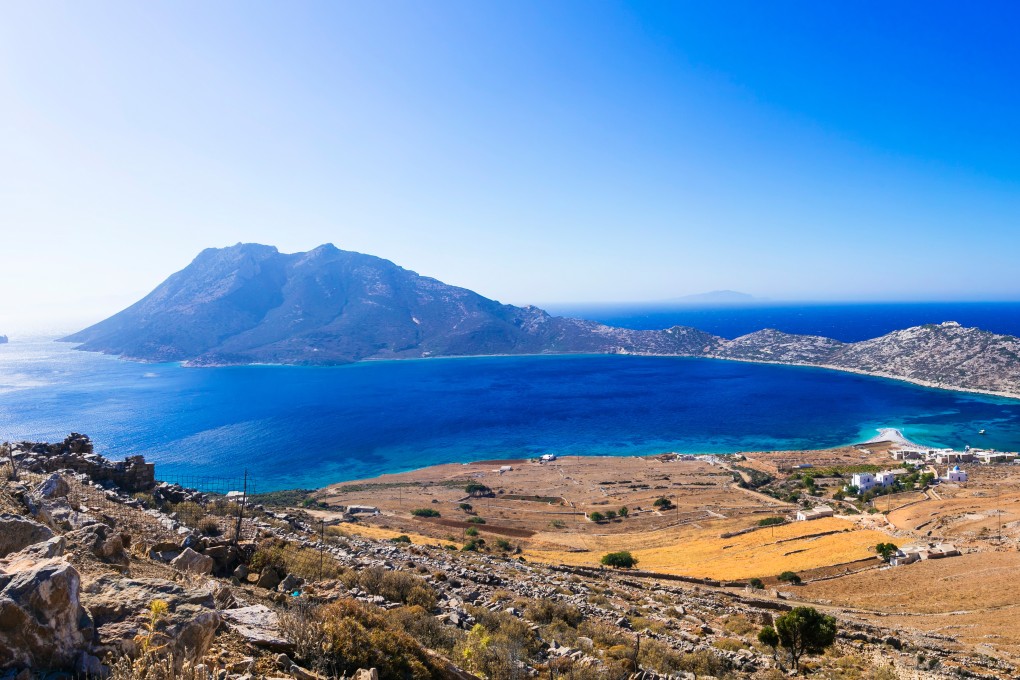The good, bad and ugly sides to the Greek islands, from Amorgos to Zakynthos
- The locals are lovely, the beaches heavenly and hopping to lesser known isles can mean lower living costs and fewer crowds
- But try to escape the high-season tourist hordes – not to mention the pollution – and you might find yourself in a windblown bind

The good
There isn’t a direct English translation of the Greek word philoxenia. Its literal meaning is “love of strangers” although some say “a friend to strangers” is a better interpretation. Others will tell you the word embodies a centuries-old tradition of hospitality that comes from the heart.
Whichever is correct, the warmth and generosity Greeks show their foreign guests has helped the Mediterranean country get back on its feet. Tourism is almost single-handedly dragging the Greek economy out of the doldrums – in 2018, a record 33 million people visited the country. One in five of the population is employed in the tourism industry and on many of the 227 inhabited islands, the proportion is significantly higher.
Tiny Tilos (population: 780) is a protected nature reserve and is set to become the first island in the Mediterranean to run exclusively on wind and solar power, thanks to European Union funding. At the other end of the scale is Crete, the largest Greek island of all. Its mountains are higher, its beaches more gorgeous (sorry, Zakynthos) and its history more fascinating. From now until about the end of May, wildflowers carpet the countryside and the White Mountains are cloaked in snow.

To avoid bumping into the other 33 million tourists, time your island-hopping odyssey for the shoulder season months of May and June, September and October. But if you’re tied to the school holidays, then head to lesser-known islands; those that don’t have an airport or require a change of ferries to reach. Lipsi, Nisyros and Folegandros are personal favourites but there are dozens you probably haven’t heard of (try Ammouliani, Koufonisia or Sifnos) where living costs are low and holidaymakers are thin on the ground.
